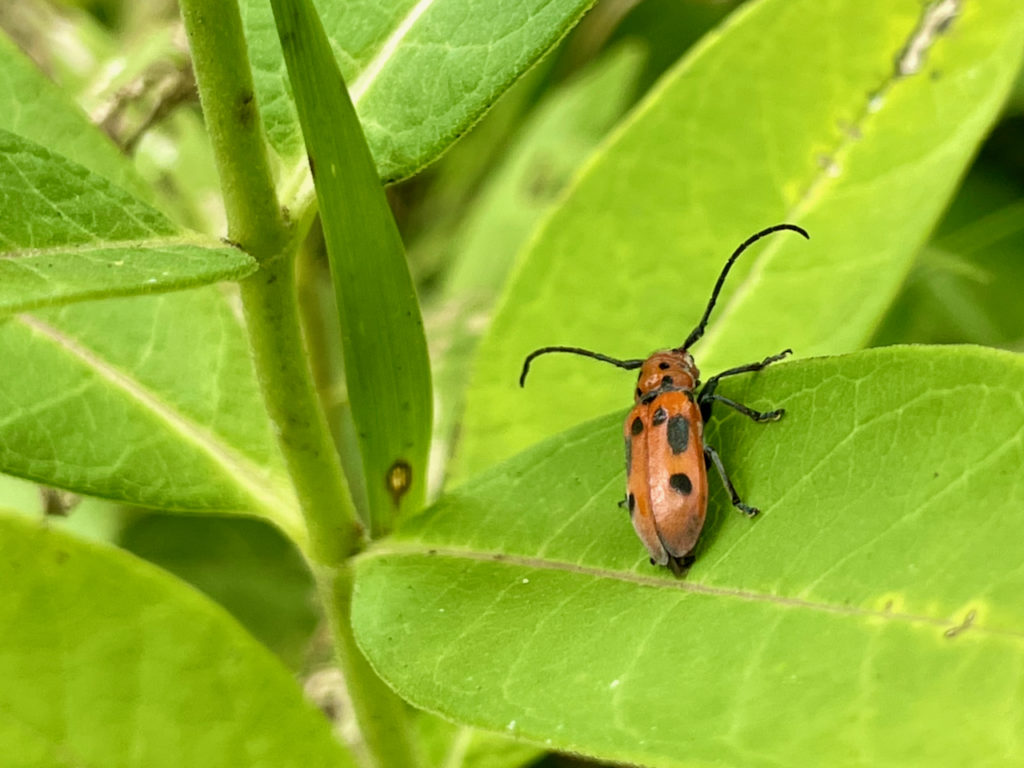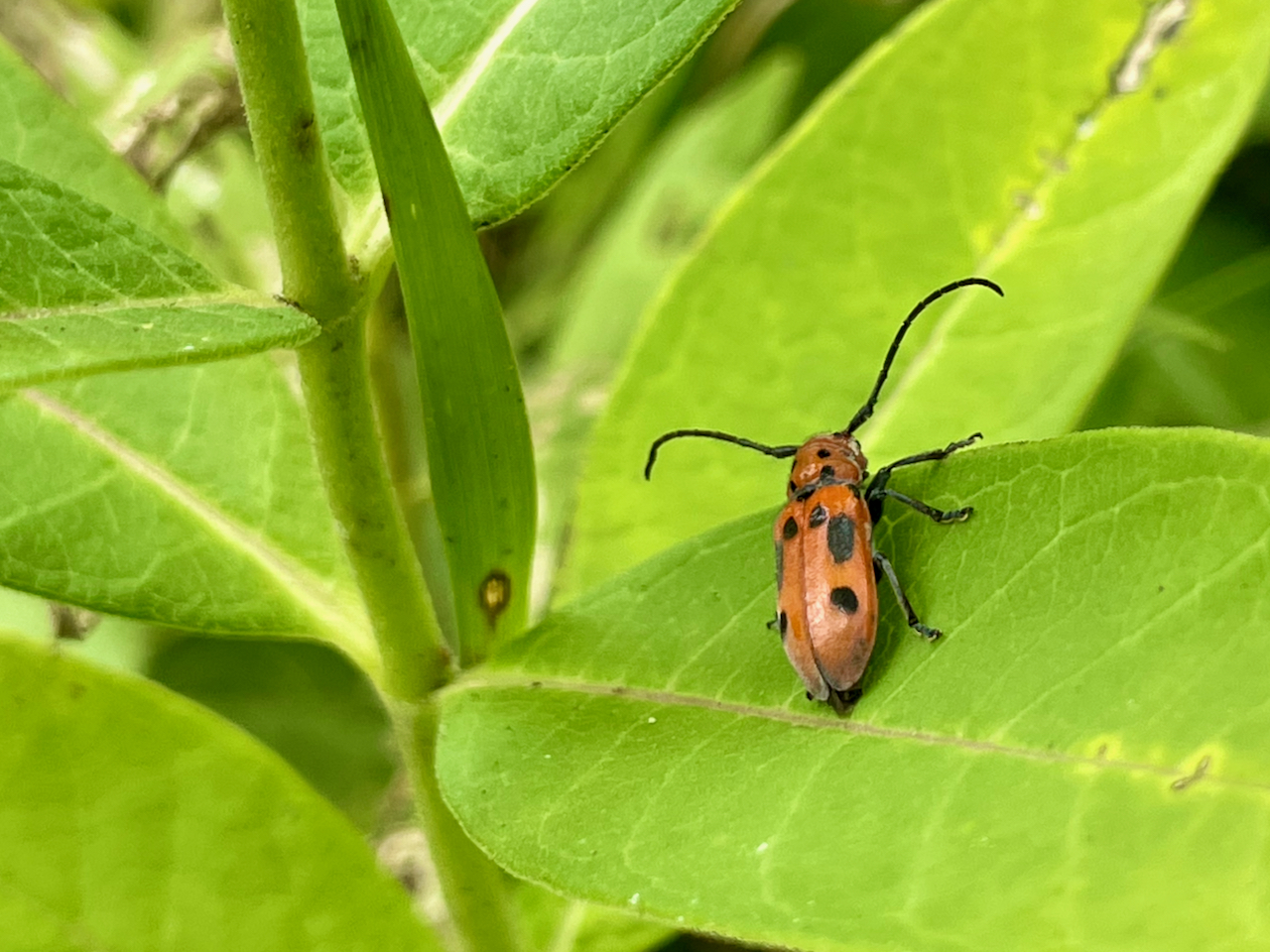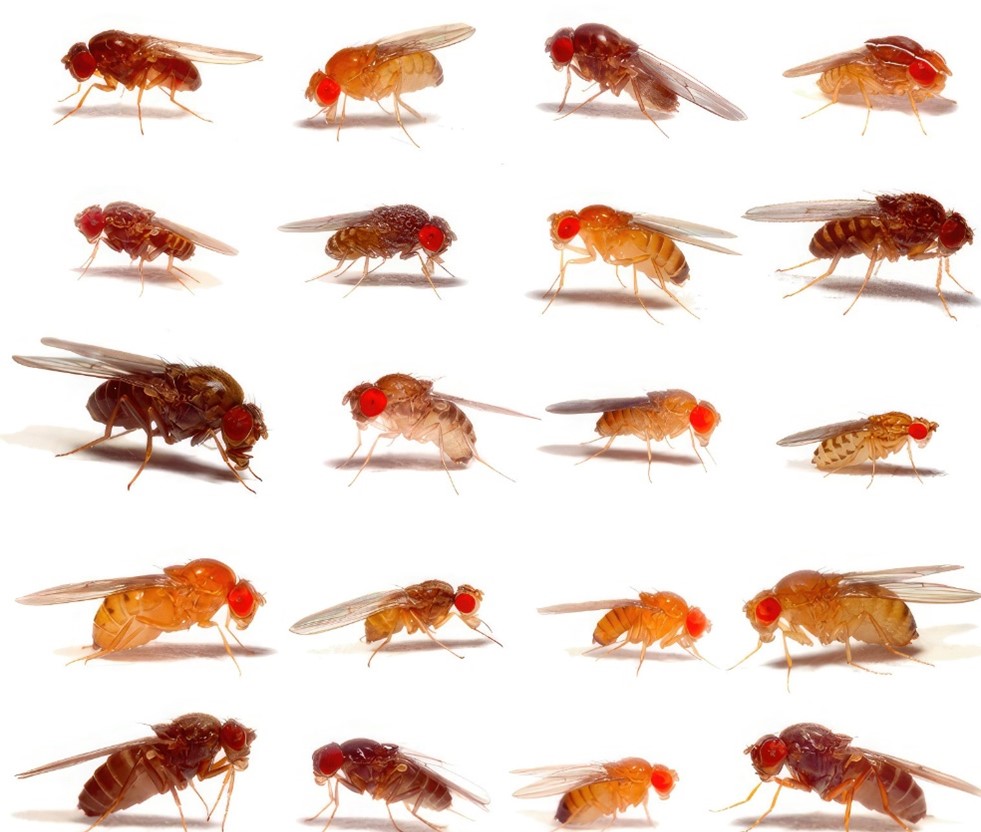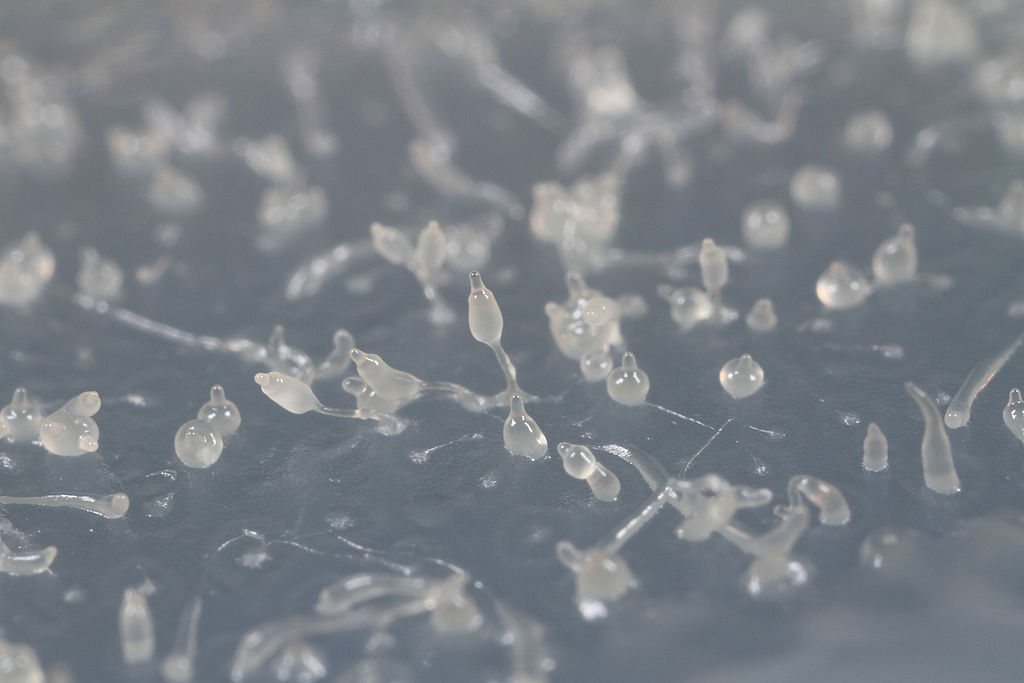Species that live in close association with another organism form some of the most diverse groups of living things we know, things like butterflies, beetles, parasitic worms, and parasitoid wasps. Evolutionary biologists have long suspected that intimate coevolution of associates with their hosts — adaptation of the associate to the host, and the host to the associate — helped drive this diversification.
It’s challenging to catch coevolutionary speciation in progress. We can look for cases in which different populations of an associate species have started using different hosts to test whether adapting to those different hosts creates genetic differentiation between the associate populations. Even that study design doesn’t quite capture the results of pairwise interaction between a single associate and its host, though.

As biologists who study coevolution, we recognized that a particular signal of host-associate coevolution could be captured in genetic data for a host and its associate. When populations of a species become adapted to local conditions in different habitats they encounter, they often show a pattern of ecological isolation, in which populations adapted to different habitats are more genetically different from each other than we would otherwise expect. For intimate associate species, the most important habitat is often their hosts — so, potentially, they might show population genetic differences that parallel genetic differences between their hosts’ populations. A pattern of parallel genetic differences in host and associate populations would catch the process of coevolutionary speciation in its earliest stages.
To test for this pattern, we needed genetic data from associate species and their hosts, sampled in the same set of locations across their overlapping home ranges. Collecting genetic data for not one but two species makes for a pretty complicated (and potentially expensive) research project, but we knew it could be done — part of my own Ph.D. dissertation, published in 2013, included this kind of genetic data for Joshua trees (Yucca brevifolia and Y. jaegeriana) and their specialized pollinators Tegeticula synthetica and T. antithetica. We searched for published scientific papers reporting host-associate data sets, and eventually came up with 15 papers reporting the kind of data we needed, from 20 pairs of associate species and their hosts, all of them plants. We focused on plants as hosts specifically because there is a long history of studying insect herbivores’ interactions with plants — and indeed most of the associate species were insects.

The supporting information files from the papers we’d found gave us a basis to re-examine the 20 host-associate pairs using the same analytic framework, and then apply meta-analysis to look for general patterns. Overall, associate species’ population genetic differences paralleled those of their host plants, to a degree beyond what could be explained by variation in climate among the sites sampled in each data set, or simple isolation by geographic distance. That’s the “population genetic fingerprint” of coevolution-driven diversification we thought we might find.
We also separated the host-associate pairs out by the nature of their association, to see whether different types of interaction had different diversifying effects. Theory about the nature of mutualistic versus antagonistic species interactions has generally predicted that antagonism should drive diversification more than mutualism. Antagonists coevolve with their hosts via arms races or frequency-dependent selection arising from hosts’ immune responses, and these can send individual populations off on their own local coevolutionary trajectories. Mutualists, on the other hand, more often coevolve to match with their hosts and maintain the benefits of interaction, which should tend to maintain similarities across populations of both species. Across the data we compiled, antagonistic associates like parasites and herbivores did indeed show somewhat stronger parallel genetic differences with their host plants than mutualists did. Mutualists also showed significant isolation by geographic distance, antagonistic associates generally did not — this lines up with what we expect if mutualists tend to track the geographic distributions of their hosts.
The studies we compiled represent a limited look at the huge diversity of species that live in intimate association with hosts. Still, we think our results are exciting even as a preliminary answer to the question of how species interactions can create new biodiversity — and we’re hopeful this paper will inspire the kind of data collection needed to provide a more comprehensive picture.


